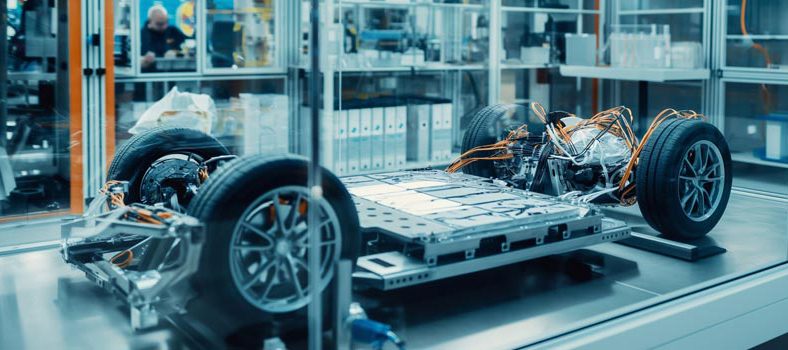According to a new forecast by Lux Research, automakers will begin producing 48-Volt micro-hybrids in 2015, and the market is likely to exceed 7 million vehicles by 2024. Lux believes that 48 V power systems represent an unfilled niche between 12 V start-stop micro-hybrids and larger mild hybrid systems.

As the number of production models using micro-hybrid technology grows, an increasing number of auxiliary loads will be moved onto the 48 V system, including the water pump, engine fan, auxiliary heater, AC compressor, vacuum pump, fuel pump, audio amplifier and power steering.
As yet, no particular 48 V power system architecture has emerged as the clear winner. One key question for the segment concerns the best form of energy storage. The first 48 V micro-hybrid models are using Li-ion batteries with traditional anodes, and once an automaker commits to a battery chemistry, it is likely to continue with that chemistry choice for at least one automotive product cycle – about five years.
However, Lux predicts that by the 2020s other chemistries will emerge to displace Li-ion batteries with conventional carbon anodes, and lithium-titanate (LTO) will be the preferred system for 48 V micro-hybrids. LTO cells have a lower energy density than other Li-ion chemistries, but are able to charge and discharge faster, which is more critical for micro-hybrid applications.
Source: Lux Research via Green Car Congress
Image courtesy of Johnson Controls



















































































